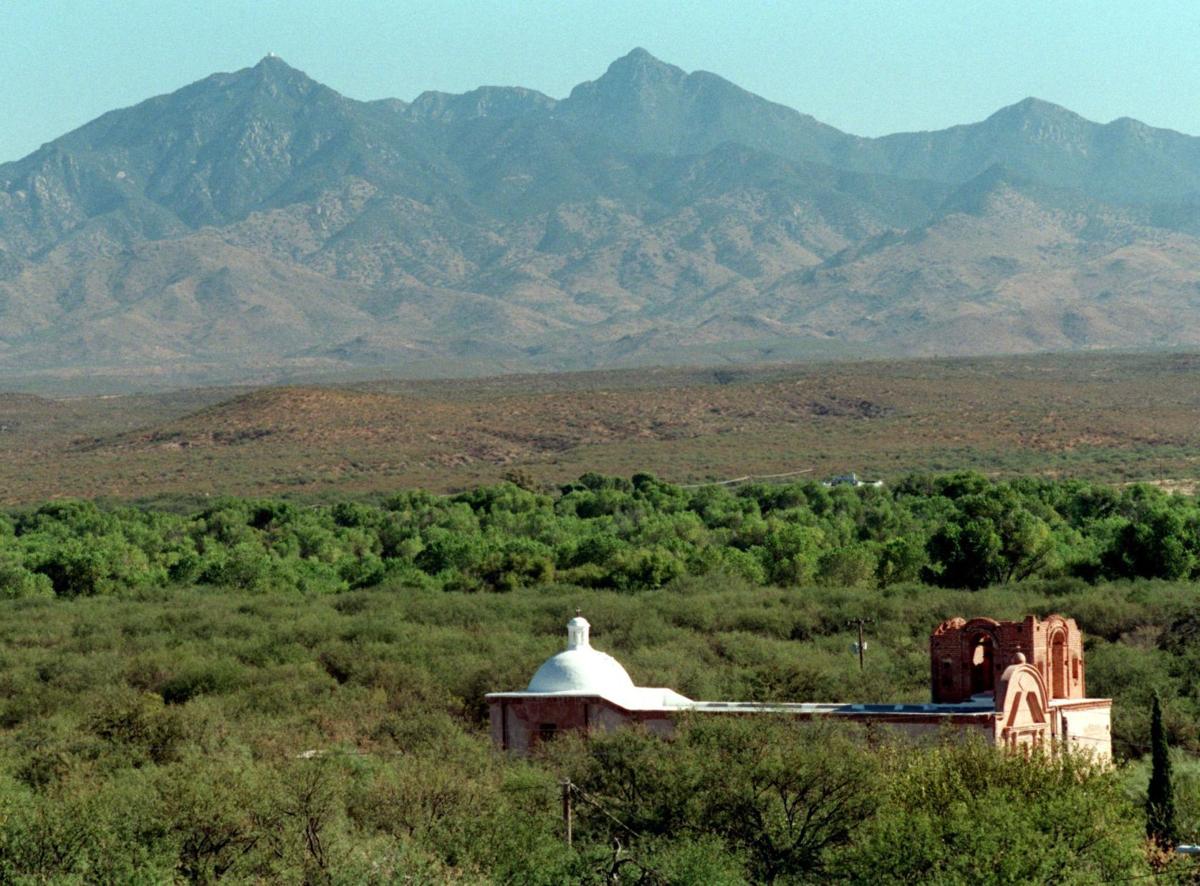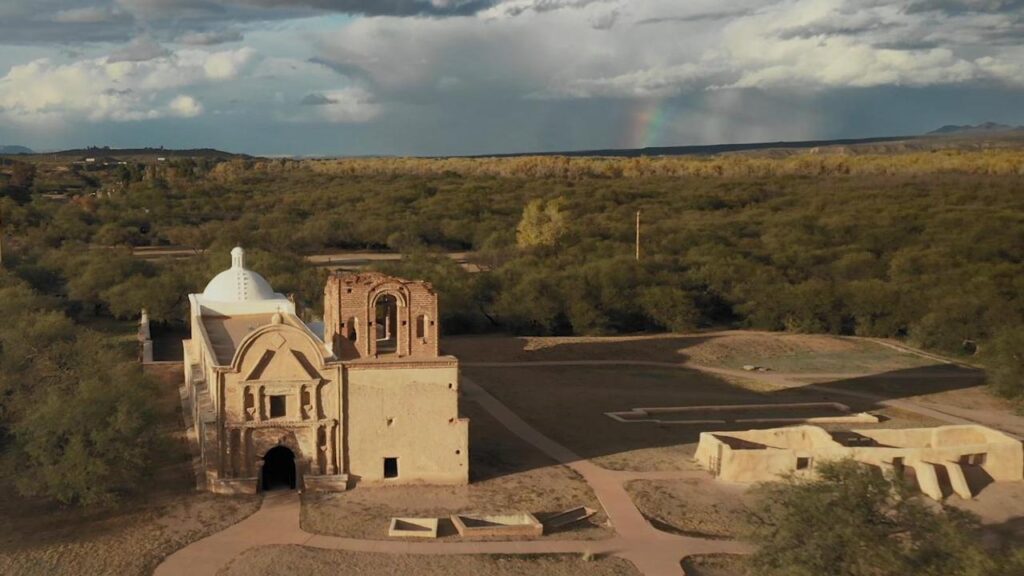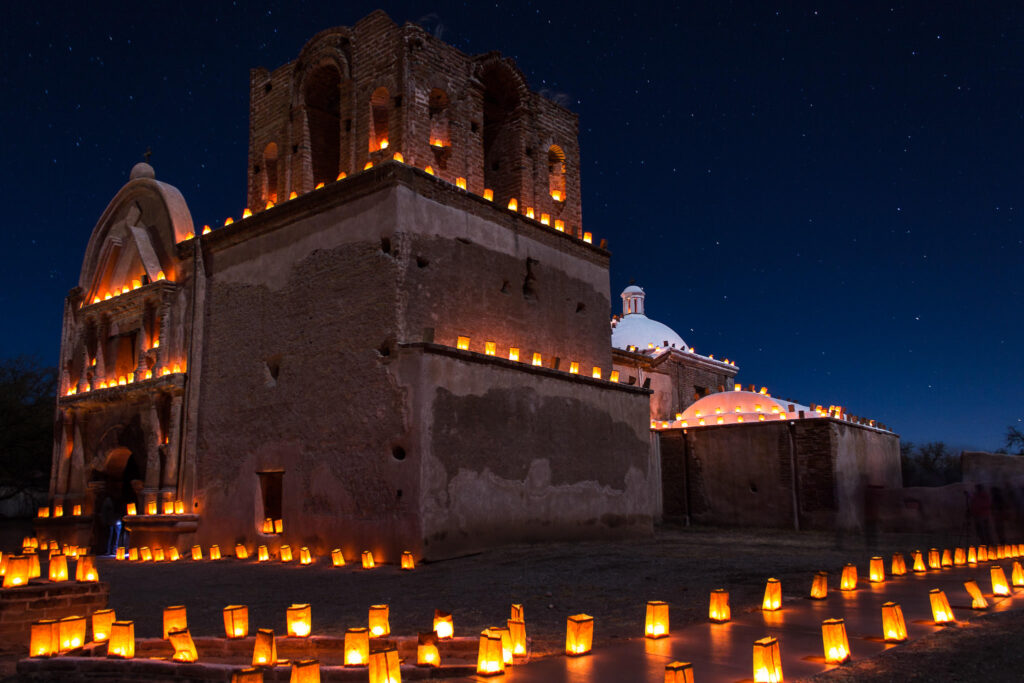We use cookies to help you navigate efficiently and perform certain functions. You will find detailed information about all cookies under each consent category below.
The cookies that are categorized as "Necessary" are stored on your browser as they are essential for enabling the basic functionalities of the site. ...
Necessary cookies are required to enable the basic features of this site, such as providing secure log-in or adjusting your consent preferences. These cookies do not store any personally identifiable data.
Functional cookies help perform certain functionalities like sharing the content of the website on social media platforms, collecting feedback, and other third-party features.
Analytical cookies are used to understand how visitors interact with the website. These cookies help provide information on metrics such as the number of visitors, bounce rate, traffic source, etc.
Performance cookies are used to understand and analyze the key performance indexes of the website which helps in delivering a better user experience for the visitors.
Advertisement cookies are used to provide visitors with customized advertisements based on the pages you visited previously and to analyze the effectiveness of the ad campaigns.


Tumacacori is the site of Mission San José de Tumacácori, a Franciscan mission that was built in the late 18th century. It takes its name from an earlier mission site founded by Father Eusebio Kino in 1691, which is on the east side of the Santa Cruz River, south of the national park. This Kino-period mission was founded at an extant native O’odham or Sobaipuri settlement and represents the first mission in southern Arizona, but not the first mission in Arizona. The remains of the native settlement are still extant and have been investigated and reported on by archaeologist Deni Seymour.
The later Franciscan mission, which is now a ruin preserved as Tumacácori National Historical Park, was never rebuilt after being abandoned after repeated Apache raids in the 19th century that killed farmers and ranchers in the area and put a stop to the growth of the area’s economy.

Abe’s Old Tumacacori Bar 1900 East Frontage Road, Tumacacori, Arizona
Abe had been helping his father run the bar since he was 6, so he would explain to his mother how to make drinks and run the business side of the bar. By 1950, when Abe was 21, he was already an expert in the business and the bar was his.
Abe worked the bar until the day he died, for 60 years straight. According to Dolores, who now owns the bar, he still reminds her to dust the counters and lets family members know he’s around by opening doors, walking around the bar and using the bathroom. It’s as if there’s a sense of humor about the whole thing, while Abe, Terso and several other deceased family members wait for their family to be ready to join them in the afterlife.

Santa Cruz Chili & Spice Co. 1868 E. FRONTAGE ROAD, Tumacacori, Arizona
80 years ago, in 1943 Santa Cruz Chili & Spice Co. began in our chili fields in Amado, AZ. Today we welcome you to our Spice Shop in Tumacacori, Arizona. They have a wide selection of home grown chili’s and a great collection of recipes to go with them.

Avalon Organic Garden & Eco Village 2074 Pendleton Drive Tumacácori, AZ 85640
Avalon Organic Gardens & Ecovillage is one of the world’s largest and longest-sustaining EcoVillages, situated on 220-acres of historic and sacred agricultural land in Southern Arizona’s fertile Santa Cruz River Valley. More than 100 dedicated individuals from around the world have been drawn together by a common vision for the future – creating a regenerative culture of sustainability living in harmony with humanity and nature under the guiding principle of “one God, one planetary family.” We believe true sustainability is founded in spiritual unity without uniformity. It is the gathering of a union of souls putting hands and hearts together that is building this ever-expanding community that is a prototype for the lifestyle of the near future.

Tumacácori sits at a cultural crossroads in the Santa Cruz River valley. Here O’odham, Yaqui, and Apache people met and mingled with European Jesuit and Franciscan missionaries, settlers, and soldiers, sometimes in conflict and sometimes in cooperation. Follow the timeworn paths and discover stories that connect us to enduring relationships, vibrant cultures, and traditions of long ago.
